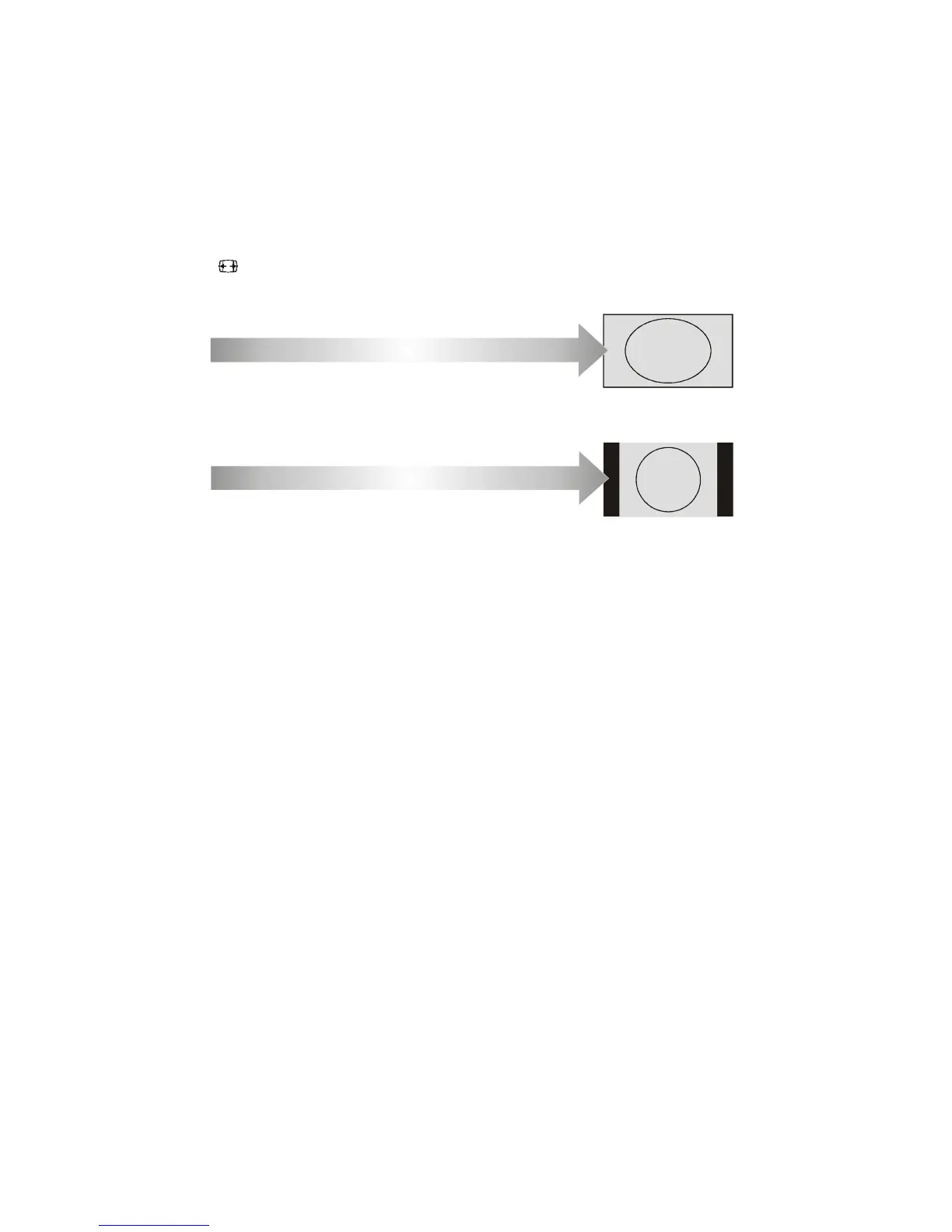
 Loading...
Loading...
Do you have a question about the Toshiba 19W330DB and is the answer not in the manual?
Ensure adequate ventilation around the television to prevent overheating.
Avoid placing the television near heat sources or in direct sunlight to prevent damage.
Use only the provided adaptor and ensure correct voltage connection.
Covers Do's and Don'ts for safe operation, connections, and handling.
Guidance on optimal placement, stability, and securing the television.
Exclusion clauses, wall bracket notes, and stationary image warnings.
Diagram and explanation of all remote control buttons and their functions.
Instructions for inserting batteries and details on the remote's effective operating range.
Diagram showing connections for various external devices like decoders, media recorders, and PCs.
Guide for connecting aerials, SCART, PCs via VGA, and HD devices via HDMI/YPbPr.
Procedures for powering the television on and putting it into standby mode.
Operation of physical TV buttons and remote for navigation and settings.
Steps for country selection, language, and starting the auto-tuning process.
Rearranging channels and performing a full automatic retune.
Manually tuning specific channels when automatic methods are insufficient.
Initial analogue setup including language, country, and teletext region.
Rearranging analogue channels using the program table feature.
Steps for manually tuning analogue channels for recorders or specific systems.
Performing a full retune that resets TV to factory defaults.
Choosing the preferred language for the TV's on-screen menus.
Changing channels and viewing the current time display.
Managing audio formats and enabling/disabling the child lock.
Choosing between Auto, Wide, and 4:3 aspect ratios for viewing.
Adjusting picture styles, hue, color warmth, and screen brightness.
Setting the television to turn off automatically after a set duration.
Accessing and displaying details about current and upcoming programmes.
Navigating the on-screen guide for programme listings.
Programming the TV to tune to specific channels at scheduled times.
Establishing a PIN for accessing restricted content and settings.
Configuring modes to lock menus, installation, or all functions.
Creating custom lists of frequently watched digital channels.
Restricting access to channels and displaying encrypted content.
Selecting country for APS and preferred menu language.
Choosing the desired soundtrack language for broadcasts.
Configuring subtitles, local time display, and audio output settings.
Restoring TV to factory settings and using Common Interface for CAM modules.
Checking software version and managing automatic or manual updates.
Controlling volume, mute, equalizer settings, sound balance, and auto volume limiter.
Applying sound effects, managing line output, and adjusting headphone volume.
Manually choosing the active input source for connected equipment.
Adjusting image position and using auto-adjustment for PC input.
Correcting interference, improving clarity, and adjusting picture settings for PC.
List of common resolutions and frequencies for PC input.
Using high-quality, interactive service information with digital broadcasts.
Selecting the language region for analogue text services.
Freezing text pages and adjusting display size for readability.
Navigating and viewing different teletext pages by number.
Resolving issues like no picture, no sound, poor picture, and sound balance.
Addressing problems with video playback, remote control, and TV button operation.
Troubleshooting analogue text service, time accuracy, and child lock.
Issues with DTV menu, locked channels, and favourite settings configuration.
Resolving encrypted channel access, audio language, PIN, and subtitle display problems.
Understanding black/grey bars in 4:3 pictures and broadcast content.
Details on broadcast standards, screen specs, and external connection types.
Information on power usage, physical size, weight, and included items.